#German tales
Text
Fairy Tale - short story usually that is part of folklore/folktales . But did you know the most famous take of them, the German tales we've all come to hear & love, aren't exactly fairy tales? But really, they're considered "Wonder tales" or, tales of wonder.
Among the oldest that we can trace are some that come from South Asia and the Middle East, the exact origin/time frame is unknown as they have a history of existing first as oral tales in verse/poetic form that were later written down, then translated again into prose.
But the point of these folk tales were to elicit a sense of wonder - that they did!
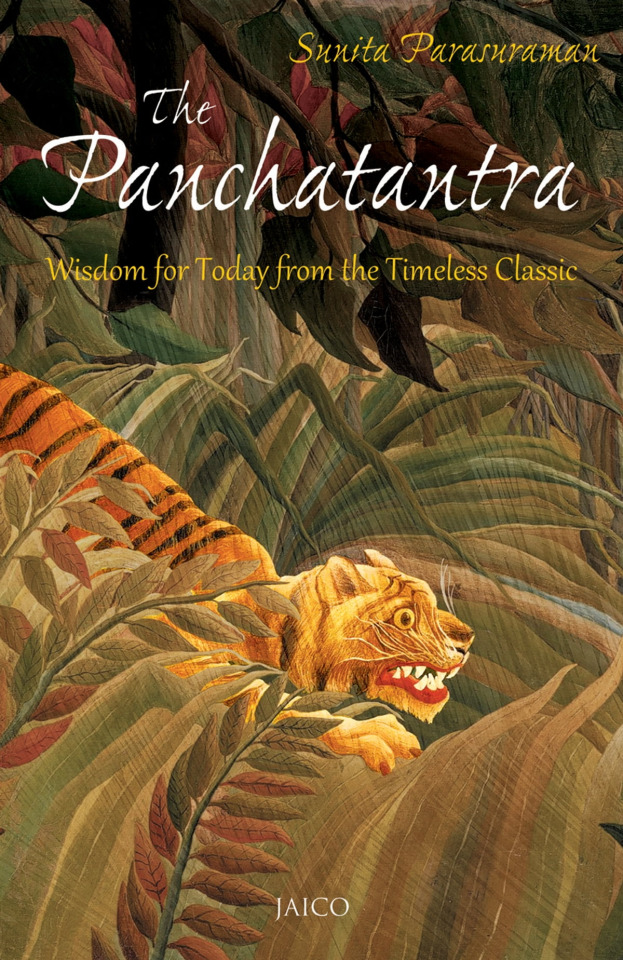
The Panchatantra is an ancient collection of interrelated animal fables written in Sanskrit. It varies from story to story in prose format as well as verse all within a frame story.
The earliest known translation of it in a Non Indian language dates to 550 CE and is translated into Middle Persian.
Many of the fables within also share and discuss life lessons, morality, and things to contemplate beyond the wondrous stories themselves.
There are lessons to take away, as well as, for those interested in shared/comparative mythology/storytelling, beats and similar tropes/takes of tales you might recognize 🤔
Some examples can be the snake and the mongoose story, which later likely served as inspiration for Rudyard Kipling's Rikki-Tikki-Tavi.
And while considering the history and travel/trade of stories and their evolution (something Tales of Tremaine is about), here's something to consider:
"Sanskrit literature is very rich in fables and stories; no other literature can vie with it in that respect; nay, it is extremely likely that fables, in particular animal fables, had their principal source in India." — Max Muller, On the Migration of Fables
Now, something ELSE you MUST take into account in this is how stories travel and originate. Most are for a mix of reasons, and you can't take out PIE (proto indo european) influences, then the silk road/trade migration, as well as storytelling structures once taught take on their own lives. Every culture has animals, so the motifs, tropes, beats, are going to be taken and then reapplied to a local culture.
Many scholars have noted and commented on the strong similarity between some of the stories in the Panchatantra and Aesop's Fables. And so the Panchatantra has come to be held by many as the source or most prominent source of many of the fairy/wonder tales content/structure/shape we've come to know today.
Vijay Bedekar in the History of the Migration of the Panchatantra has noted that origin of several of the stories in Arabian Nights, Sinbad, and 30-50% of western nursery rhymes and ballads have their origins in the Panchatantra as well as the Jataka tales (another collection of folk stories, about Buddha and many lives/forms/incarnations.
Many Jatakas are told with a common threefold plot schema which contains a “narrative in the present” | paccupannavatthu |, with the Buddha and other figures, a “narrative in the past” |atītavatthu|, a story from a past life of the Buddha, a "link" |samodhāna| in which there is an “identification of the past protagonists with the present ones.
If that seems familiar, it's because you'll see this sort of played out as well in Tales of Tremaine through items/characters - timeline.
But, how did this come to travel so far and wide? Wheeeeellllllllllllllll. Do you remember Nalanda, and how far it drew students from as the oldest residential university, catering to students interested from afar most especially in Buddhism?
Whaaaaale. That's how. The records we have indicate that Buddhist monks traveling along brought copies of the texts, along with other Sanskrit texts to: Tibet, China, Mongolia, and all throughout South East Asia where Buddhism can be found.
One of the earliest stories of panaceas and life saving magical herbs spread from South Asian stories. One early record of this which has now become a trope is found in the 10 century in where a Persian physician read about an herb that could restore a dead man to life and wished to find it with his king's blessing.
Narrator: He did not find the herb.
Anyways, after spreading to the Middle East, the Arabic translation of this collection was later translated to Greek then Spanish - old Castilian, and then into Hebrew by Rabbi Joel in the 12th century. Then Latin.
Anyways, Forest Gump voice: that's all i have to say about that (not really but for now).
#folktale#folklore#folktales#German tales#fairy tales#fairy tale retelling#animal fables#fables#translation#translated literature#lore#magic#buddhism#arabian nights#sinbad#panchatantratales#panchatantra#aesops fables#sanskrit#literature#literary history#literary analysis#r.r. virdi#rrvidri#Persia#asia#middle east#rikki tikki tavi#rudyard kipling
1 note
·
View note
Text
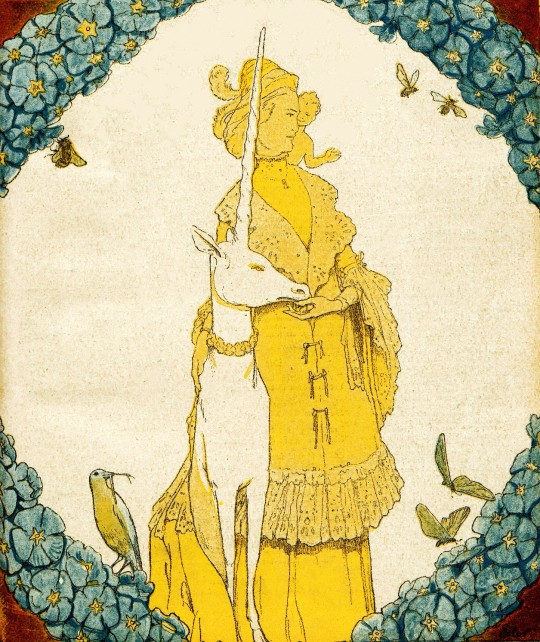
Illustration from Jugend Magazine by Fritz Erler (1909)
#fritz erler#art#illustration#jugendstil#1900s#1900s art#vintage art#vintage illustration#vintage#german art#german artist#magazine illustration#jugend#fairy tale#fairy tales#fairy tale art#unicorn#art nouveau#golden age of illustration#classic art
1K notes
·
View notes
Text
Here's how to write an authentic Grimm style fairytale, brought to you by a Certified German TM:
Forget everything Disney movies taught you, besides maybe Snowwhite, Cinderella, and Sleeping Beauty. But even those are on thin fucking ice. Also ignore modern fantasy literature conventions, especially Dungeons & Dragons type stuff.
Ideally only the protagonist or none of the characters ought to have names. And the names should either be really fucking ordinary, or some kind of epithet. Like, either that's a Franz or a Bramblesock, cause when Bramblesock was a child he lost a sock in a shrub of brambles. Everyone else is either the king, the grandma, or the carpenter.
The common types of protagonist: Regular working class guy who cons his way into a life of riches, poor downtrodden peasant who through hardworking kindness is granted salvation (usually via gaining riches), too pure too good for this world princess who can't catch a fucking break, too nasty too bratty for this world princess who gets taught a lesson in humility.
The characters are generally very one note and the only kind of character growth they can experience boils down to "maybe I shouldn't have been a dick, huh?"
The location is either as vague as possible or super fucking specific for no reason; either the story takes place literally nowhere or in the town of Buxtehude.
Animals and inanimate objects that can talk for no apparent reason and no one bats an eye at are always a great addition.
If you want to add any fantasy races, use giants (large, dumb brutes), dwarves (angry little guys who live in the wilderness and get really angry if you touch their beards), or gnomes (mischievous house spirits who might be helpful but watch out!), but never more than one of these. Fairies are rare and usually the "tall beautiful wise woman" type, not the small annoying pixie type. Dragons are very pointedly no-where to be found, those distinctly belong in sagas, which are their own distinct type of literature.
Weird moral of the story that either boils down to "be smarter than all the other fuckers", "good things happen to good people, bad things happen to bad people", or "don't upset the supernatural".
Random tidbits of gore that no one bats an eye at.
Witches eat children, if a mother gets more than single line dedicated to her she's evil, fathers are spineless and/or assholes who either die or come around in the end.
Ugly means evil, pretty means good. Except when it doesn't.
Optional: Repeated rhyming phrases and numbers. Seventh son of a seventh son kinda stuff. The numbers 3, 7, 12, and 13 in particular.
Ideally a 19th century scholar should be able to read some clumsy Germanic pagan wishful thinking into the story, no matter how big and obvious the Christian overtones are.
Optional: Start the story with "Once upon a time" and end it with "And if they didn't die, then they are still alive today."
#writing#fairy tales#fairytales#grimm's fairy tales#gebrüder grimm#brothers grimm#german stuff#writing advice
640 notes
·
View notes
Text


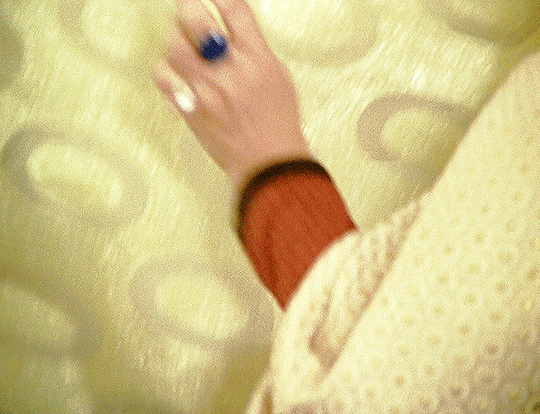
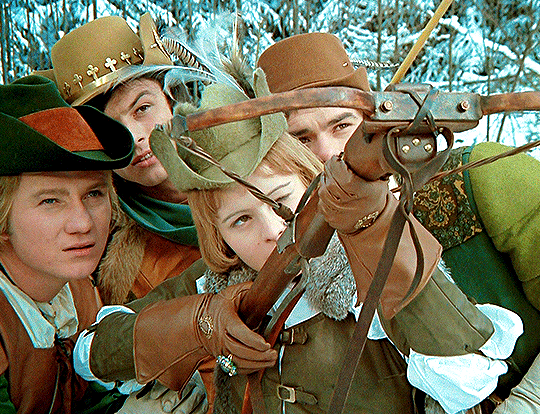

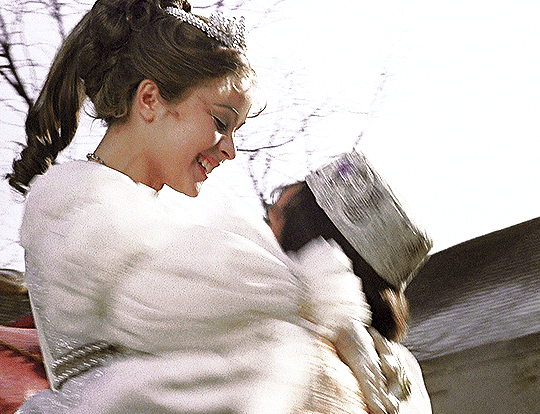
"I don't know if she's a Princess but she's beautiful. And somewhere here I lost her."
Tři oříšky pro Popelku / Drei Haselnüsse für Aschenbrödel / Three Wishes for Cinderella (1973) dir. by Václav Vorlíček.
#Tři oříšky pro Popelku#Drei Haselnüsse für Aschenbrödel#Three Wishes for Cinderella#Václav Vorlíček#Czechoslovak#Czech#German#Czechoslovak Cinema#Czech Cinema#Czechoslovak Fairy Tale#Czech Fairy Tale#My Gifs#GD
844 notes
·
View notes
Text
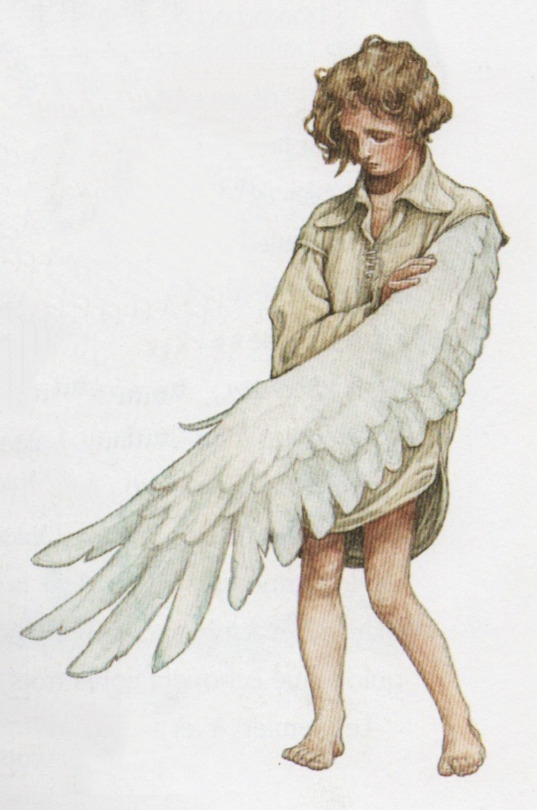
The Six Swans
Artist : Patrick James Lynch
#the six swans#les six cygnes#children's literature#fairy tale#children's books#fairy story#children's book#fairy tales#fairy#p. j. lynch#patrick james lynch#brothers grimm#the brothers grimm#les frères grimm#die sechs schwäne#german fairytales#german fairy tale#prince#wing#1993
893 notes
·
View notes
Text

Death and Devil 🫢
drawing
‐unheimliche geschichten(1919)
181 notes
·
View notes
Text

Margaret Evans Price (1888-1973), 'The Pied Piper', ''The Real Story Book'', 1927
Source
#Margaret Evans Price#american artists#the pied piper#children's books#Pied Piper of Hamelin#german fairy tales#vintage illustration#vintage art
163 notes
·
View notes
Text
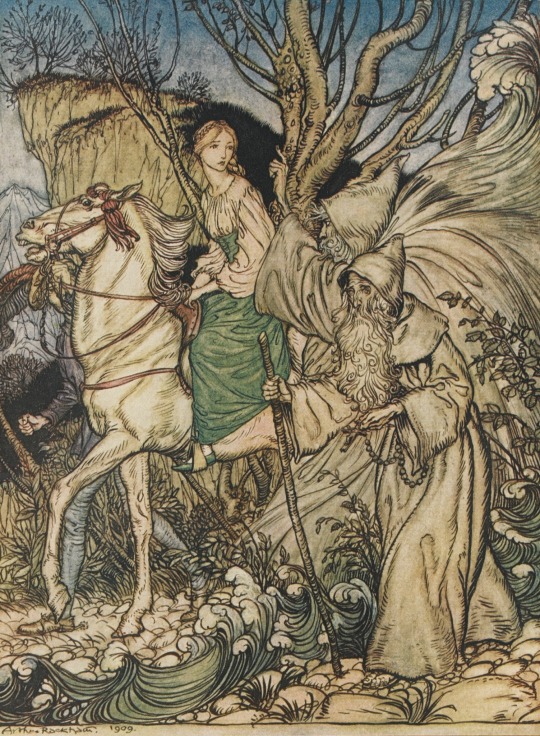
Undine by Arthur Rackham
#undine#art#arthur rackham#illustration#friedrich de la motte fouqué#fairytale#fairy tale#germany#german#water spirit#mythology#mythological#supernatural#soul#medieval#knight#europe#european#romance#paracelsus#esoteric#ondine#fairy tales#folklore#fairy#mermaid#history#romantic
337 notes
·
View notes
Photo



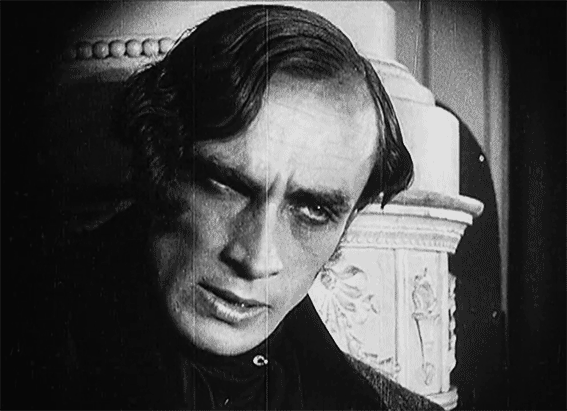

Conrad Veidt in Eerie Tales (1919) dir. Richard Oswald
#conrad veidt#richard oswald#eerie tales#film#classic film#classicfilmedit#classicfilmblr#silent film#silent film stars#silent era#german film#german cinema#weimar cinema#1910s#gifset#my gifs
2K notes
·
View notes
Text
Disney leaving out the backstory for Rapunzels name is so funny to me, because in the fairytale it makes sense but in the movie she's just named after a salad.
For no reason other than mother gothel/ the king & queen are horrible at naming babies
#fairy tales#brothers grimm#Gebrüder Grimm#Die Märchen der Gebrüder Grimm#rapunzel#tangled#german fairytales#Funny
174 notes
·
View notes
Text
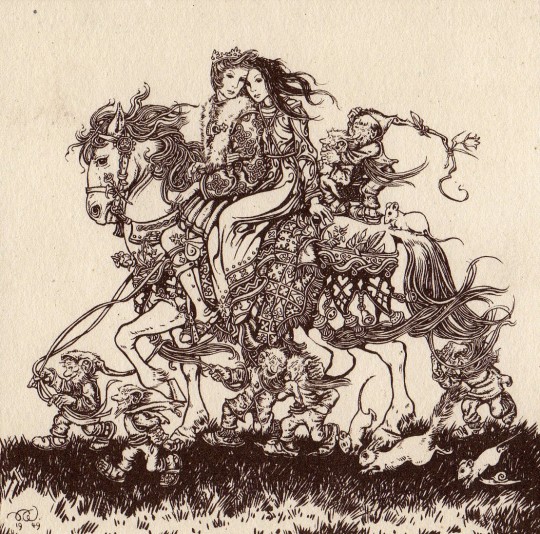
Die Heimkehr by Sulamith Wülfing (1949)
#sulamith wulfing#art#illustration#1940s#1940s art#vintage art#vintage illustration#vintage#german art#german artist#fairy tales#fairy tale#fairytale art#classic art
1K notes
·
View notes
Text


From what i've heard abt manscaped that corp can go rot but I have to admit I burst out laughing at this
#as a german i have never had the displeasure of seeing the legendary ball shaving ad#but I've heard the tales#it's still viagra and pregnancy-prevention pill ads for me :(#tumblr still confused abt my gender#i'm reading Tumblrs twitter like the morning paper#tumblr
1K notes
·
View notes
Text
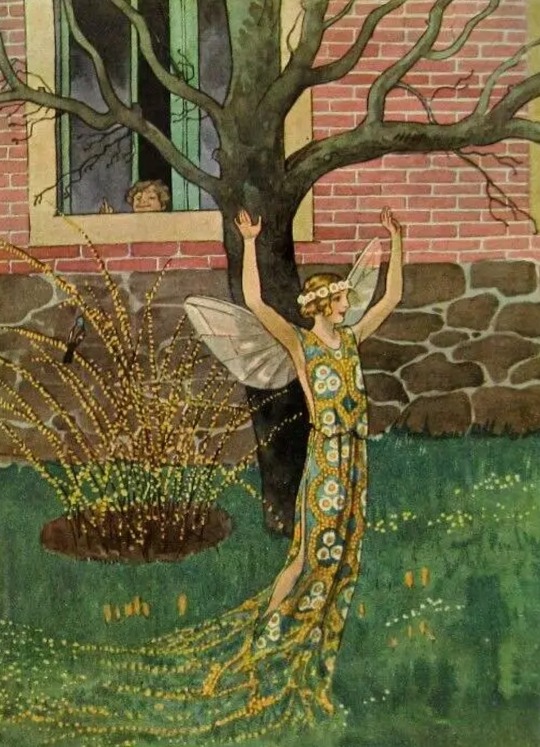
Das goldene Osterei
Ein Märchen-Bilderbuch von Margarete Thiele
Union Deutsche Verlagsgesellschaft
Stuttgart - Berlin - Leipzig
C. 1920/30
Artist : Artus Scheiner
#elf#elfe#children's literature#children's illustration#fairy tale#children's books#vintage illustration#fairy story#children's book#fairy tales#old illustration#fairy#german book#german y#margarete thiele#artus scheiner#the golden egg#l’œuf d’or
85 notes
·
View notes
Text
Just thinking about the genuine beauty of this movie.

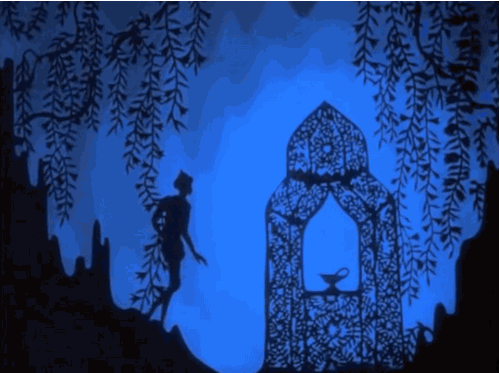

The Adventures of Prince Achmed by Lotte Reiniger (1926, Germany)
#the adventures of prince achmed#lotte reiniger#animation#silhouette animation#german film#classic film#snow white was not the first full length animated film#the first one was in 1917 but no longer exists#the next one was this achmed#the music is wonderful too#you can buy it on on DVD#or watch it on YouTube#I'm pretty sure it's in the public domain#paper dolls#paper puppets#shadow puppets#silouette#puppets#silent film#fairy tale#aladdin#1001 arabian nights#arabian nights#Lotte was just 23 when she made this movie#it was made in the attic of her neighbors garage#she had a small team to help her but basically made most of it by herself#what a badass#handmade#stop motion animation#women filmmakers
58 notes
·
View notes
Text

You can’t weave together a spell you don’t believe in
Ness awakening when I’m begging please please please please please please
#I had been thinking of a German Fairy Tale concept for Ness idk. he’s into fantasy and magic.#Alexis Ness#Blue Lock#Bllk#ness blue lock#my art#I need him to awaken next so bad find your magic little wizard boy!!!!#YOU hold the magic!!! you’re the playmaker!!! please….find your confidence bbgirl
44 notes
·
View notes
